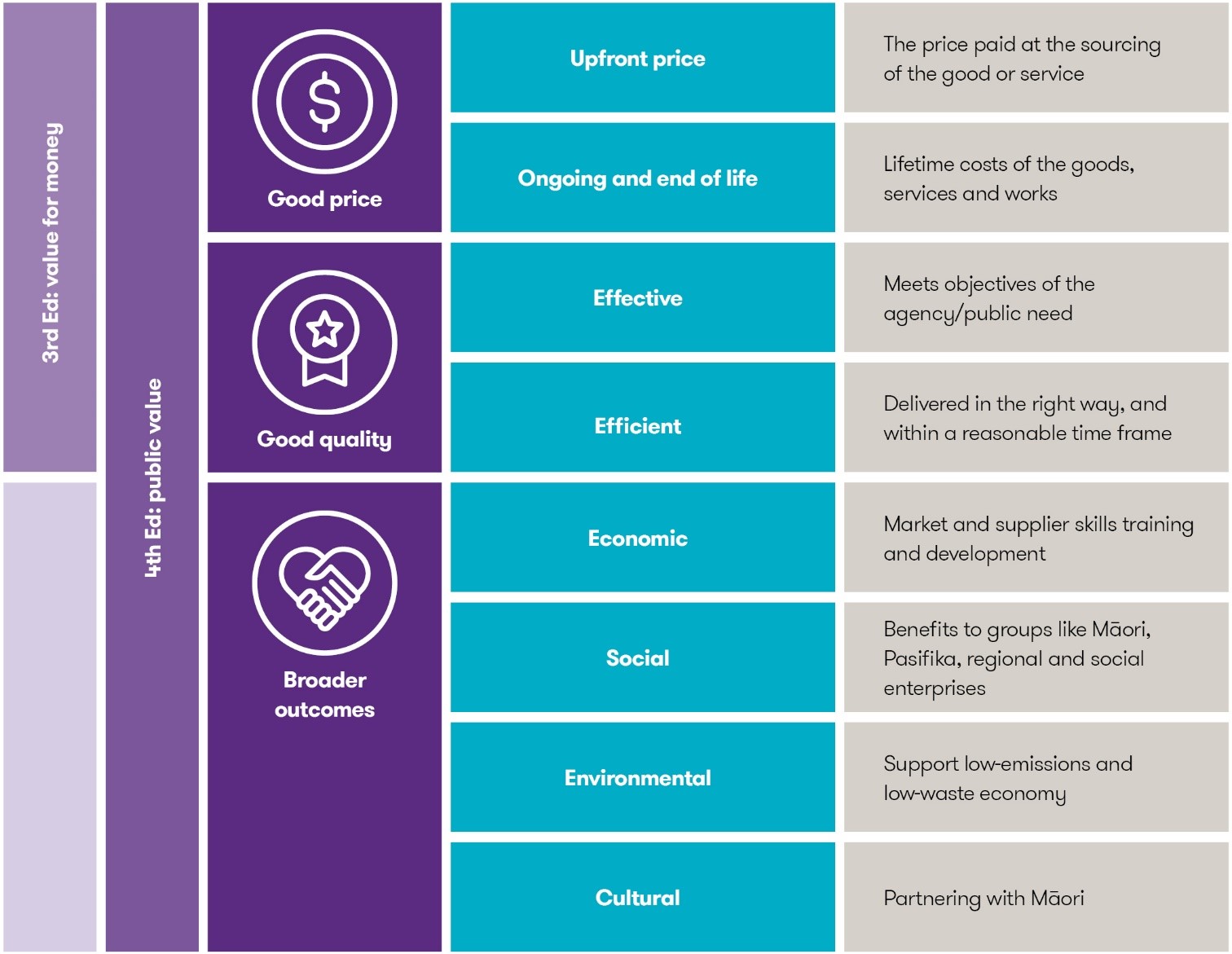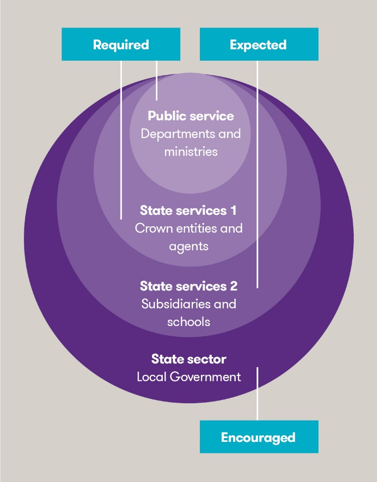-
Business valuations
We offer expert valuation advice in transactions, regulatory and administrative matters, and matters subject to dispute – valuing businesses, shares and intangible assets in a wide range of industries.
-
Capital markets
You need corporate finance specialists experienced in international capital markets on your side if you’re buying or selling financial securities.
-
Complex and international services
Our experience of multi-jurisdictional insolvencies coupled with our international reputation allows us to deliver the best possible outcome for all stakeholders.
-
Corporate insolvency
Our corporate investigation and recovery teams can help you manage insolvency situations and facilitate the best outcome.
-
Debt advisory
An optimal funding structure for your organisation presents unprecedented opportunities, but achieving this can be difficult without a trusted advisor.
-
Expert witness
Our expert witnesses analyse, interpret, summarise and present complex financial and business-related issues which are understandable and properly supported.
-
Financial models
A sound financial model will help you understand the impact of your decisions before you make them. Talk to us about our user-friendly models.
-
Forensic and investigation services
We provide investigative accounting and litigation support services for commercial, matrimonial, criminal, business valuation and insurance disputes.
-
Independent business review
Is your business viable? Will it remain viable in the future? A thorough independent business review can help your organisation answer these fundamental questions.
-
IT forensics
Effective ESI analysis is integral to the success of your business. Our IT forensics experts have the technical expertise to identify, preserve and interrogate electronic data.
-
Mergers and acquisitions
Grant Thornton provides strategic and execution support for mergers, acquisitions, sales and fundraising.
-
Raising finance
Raising finance - funders value partners who can deliver a robust financial model, a sound business strategy and rigorous planning. We can guide you through the challenges that these transactions can pose and help you build a foundation for long term success once the deal is done.
-
Relationship property services
Grant Thornton offers high quality independent advice on the many financial issues associated with relationship property from considering an individual financial issue to all aspects of a complex settlement.
-
Restructuring and turnaround
Grant Thornton’s restructuring and turnaround service capabilities include cash flow, liquidity management and forecasting; crisis and interim management; financial advisory services to companies and parties in transition and distress
-
Transaction advisory
Our depth of market knowledge will steer you through the transaction process. Grant Thornton’s dynamic teams offer range of financial, commercial and operational expertise.
-
Virtual asset advisory
Helping you navigate the world of virtual currencies and decentralised financial systems.
-
Corporate tax
Grant Thornton can identify tax issues, risks and opportunities in your organisation and implement strategies to improve your bottom line.
-
Employment tax
Grant Thornton’s advisers can help you with PAYE (payroll tax), Kiwisaver, fringe benefits tax (FBT), student loans, global mobility services, international tax
-
Global mobility services
Our team can help expatriates and their employers deal with tax and employment matters both in New Zealand and overseas. With the correct planning advice, employee allowances and benefits may be structured to avoid double taxation and achieve tax savings.
-
GST
GST has the potential to become a minefield and can be expensive when it goes wrong. Our technical knowledge can help you minimise the negative impact of GST
-
International tax
International tax rules are undergoing their biggest change in a generation. Tax authorities around the world are increasingly vigilant, especially when it comes to global operations.
-
Research and Development
R&D tax incentives are often underused and misunderstood – is your business maximising opportunities for making claims?
-
Tax compliance
Our advisers help clients manage the critical issue of compliance across accountancy regulations, corporation law and tax. We also offer business and wealth advisory services, which means we can provide a seamless and tax-effective offering to our clients.
-
Tax governance
Mitigate tax risks and implement best practice governance that will stand up to IRD scrutiny and audits.
-
Transfer pricing
Tax authorities are demanding transparency in international arrangements. We businesses comply with regulations and use transfer pricing as a strategic planning tool.
-
Audit methodology
Our five step audit methodology offers a high quality service wherever you are in the world and includes planning, risk assessment, testing internal controls, substantive testing, and concluding and reporting
-
Audit technology
We apply our audit methodology with an integrated set of software tools known as the Voyager suite. Our technology has been developed to produce quality audits that are effective and efficient.
-
Financial reporting advisory
Our financial reporting advisers have the expertise to help you deal with the constantly evolving regulatory environment.
-
Business architecture
Our business architects help businesses with disruptive conditions, business expansion and competitive challenges; the deployment of your strategy is critical to success.
-
Cloud services
Leverage the cloud to keep your data safe, operate more efficiently, reduce costs and create a better experience for your employees and clients.
-
Internal audit
Our internal audits deliver independent assurance over key controls within your riskiest processes, proving what works and what doesn’t and recommending improvements.
-
IT advisory
Our hands on product experience, extensive functional knowledge and industry insights help clients solve complex IT and technology issues
-
IT privacy and security
IT privacy and security should support your business strategy. Our pragmatic approach focuses on reducing cyber security risks specific to your organisation
-
Payroll assurance
Our specialist payroll assurance team can conduct a review of your payroll system configuration and processes, and then help you and your team to implement any necessary recalculations.
-
PCI DSS
Our information security specialists are approved Qualified Security Assessors (QSAs) that have been qualified by the PCI Security Standards Council to independently assess merchants and service providers.
-
Process improvement
As your organisation grows in size and complexity, processes that were once enabling often become cumbersome and inefficient. To maintain growth, your business must remain flexible, agile and profitable
-
Procurement/supply chain
Procurement and supply chain inputs will often dominate your balance sheet and constantly evolve for organisations to remain competitive and meet changing customer requirements
-
Project assurance
Major programmes and projects expose you to significant financial and reputational risk throughout their life cycle. Don’t let these risks become a reality.
-
Risk management
We understand that growing companies need to establish robust internal controls, and use information technology to effectively mitigate risk.
-
Robotic process automation (RPA)
RPA is emerging as the most sophisticated form of automation used to help businesses become more agile and remain competitive in the face of today’s ongoing digital disruption.
Four small tweaks to the Government procurement rules – you’d think there was nothing to talk to about. Yet the flow-on effects from the changes in the 4th Edition of the procurement rules are so significant, they have the potential to transform New Zealand’s entire economy.
When you consume $41 billion in goods and services each year, any change in the way you shop has the power to put the whole market on notice.
Conscious consumerism is changing the way we spend
Traditionally, the procurement process has focused on obtaining value for money directly from the good or service. Then came a focus on good planning and management, fairness, whole-of-life cost, and transparency. But modern consumers want more from their products and services. They want sustainability. They want ethical production methods. They want to know that what they buy isn’t going to damage the earth, contribute to modern slavery or undermine animal welfare. They’ll even boycott or protest a company that is utilising practices deemed unethical.
Conscious consumerism is about voting with your dollar; shoppers are increasingly happy to pay more for the products and services that contribute to social good. Consumer dollar-voting has driven the rise of free-range bacon, traceable infant formula, biodegradable cleaning products, and millions of other goods. Its influence is felt in every sector, every product and every service.
We already know this Government is aiming to embrace many of the principles that guide conscious consumers. The 2019 Wellbeing Budget demonstrated this comprehensively; in essence it said, “We’re prepared to spend more in an effort to address ethical concerns.”
Public value and a new Supplier Code of Conduct
Now that approach has been extended into its Procurement Rules. The 4th Edition includes changes in four main areas, which will come into effect 1 October this year:
- New rules on procurement capability, reporting and planning
- Targeting public value though considerations of broader outcomes
- Changes to construction procurement and industry upskilling
- Removal of three outdated rules
There has also been the introduction of a Government Procurement Charter, setting out the Government’s expectations of how agencies should conduct procurement activity. Among other expectations, agencies should look for new and innovative solutions by not overprescribing tender documentation and giving businesses opportunities to demonstrate their expertise.
A Supplier Code of Conduct has also been formalised, which sets out new expectations in the areas of:
- ethical behaviour
- labour and human rights
- health and safety
- environmental sustainability
- corporate social responsibility.
All will be influential, but perhaps the biggest change is in the ‘broader outcomes’. The five principles of Government procurement remain in place, with each expanded to include elements of public value. That means using resources economically and taking into account the net benefits of a procurement, its contribution to specific results and broader outcomes for the country.

Source: Government Procurement Rules 4th Edition
What do these changes mean for Government agencies?
In short, agencies will need to consider many more factors when they undertake procurement and find a balance between value for money and broader outcomes. Many suppliers will need to be asked about their supply chains, their workforce planning and their emissions, among other things. There will need to be more reporting to MBIE and more supplier audits to ensure compliance, which might require tracing a supply chain as far back as New Zealand’s border. Agencies will need to consider tricky issues such as how to deal with suppliers changing sub-contractors mid-contract and how to encourage New Zealand business participation - while not breaking international treaty obligations.
The preferred supplier panels have been streamlined, but it’s going to be more difficult to use suppliers outside of some All of Government panels; in some designated contracts an exemption might be required. Simultaneously, agencies will be expected to look more broadly for involving local businesses, social enterprises and Māori or Pasifika organisations in supply chains.
Public service entities, Crown entities and agencies must follow all the procurement rules. For other state sector entities, the rules are either ‘expected’ or ‘encouraged’, but our understanding is that Ministers are pretty determined for these agencies to achieve full compliance to the new rules.
All agencies will need to adhere to the new Government Procurement Charter, as well as the five Principles of Government Procurement. This is a less-prescribed way of instructing smaller public sector entities that they should be aligned to Government objectives and getting the outcomes it desires – but they have flexibility in how they do it.
The rules outline seven designated contracts to focus initial efforts in targeting priority outcomes. One of these is for agencies to measure and reduce their fleet emissions. This is low-hanging fruit as far as the Government is concerned; it’s easily quantifiable and agencies are expected to have emissions-free fleets by 2025/26.
Agencies are going to be busy. Not only will fleet managers start shopping for hybrid and electric vehicles, but procurement teams are going to have their plates full with additional considerations in tenders and supplier audits. We would expect to see them recruiting new team members and upskilling to meet their extra responsibilities.
Who do the rules apply to?

Source: Government Procurement Rules 4th Edition
Leading change from the top down
With the right planning, leadership and execution, the new Procurement Rules should lead New Zealand toward a more sustainable future and drive local business and investment. Change won’t be immediate; the suppliers who can start showing alignment to the new objectives are likely to start winning more Government tenders after 1 October. Smaller suppliers and subcontractors will likely follow suit as the new broader objectives start to shape New Zealand supply chains.
Similarly, the biggest Government agencies are already working on adopting the new rules – in some cases their procurement teams helped to shape them and the rules are just catching up; they will likely lead the way in developing standard operating procedures for implementing the new rules. Their work will blaze a trail for smaller agencies to follow.
And on an even wider scale, the Government’s conscious consumerism is leading by example for the rest of the market. By using its $41 billion consumer superpower for good, I think we can expect to see the market move in step.


